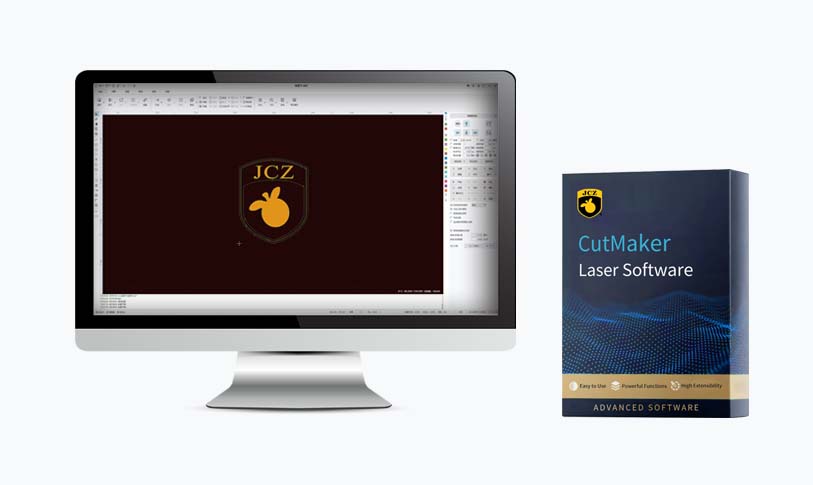****
In recent years, picosecond laser technology has emerged as a groundbreaking tool in the fields of medicine and aesthetics. This advanced laser system, characterized by its ability to deliver ultra-short pulses of light in the picosecond range, has revolutionized various treatments, offering patients more effective and safer options for skin rejuvenation, tattoo removal, and various dermatological conditions. As researchers and practitioners continue to explore its capabilities, the implications of picosecond lasers extend beyond superficial cosmetic applications, potentially leading to significant advancements in medical therapies.
**What Is Picosecond Laser Technology?**
Picosecond lasers operate by emitting laser pulses that last for only one trillionth of a second (a picosecond). This rapid pulse duration is key to the technology’s efficacy. When the laser light is directed at the skin, it generates a shockwave that shatters ink particles or pigment in the skin without damaging the surrounding tissues. This precision minimizes side effects and recovery time, which is one of the main advantages over traditional nanosecond lasers, which have longer pulse durations.

Discovering the Revolutionary Applications and Benefits of Picosecond Laser Technology in Modern Medicine and Aesthetics
**Applications in Tattoo Removal**
One of the most well-known applications of picosecond lasers is in the removal of tattoos. Many individuals, whether due to changing preferences or regret, seek safe and effective means of tattoo removal. Using a picosecond laser, practitioners can remove inks of various colors more efficiently than ever before. The ultra-short pulses allow for a more precise targeting of ink particles, causing them to break down into smaller pieces that the body’s immune system can easily eliminate. Moreover, studies have shown that picosecond laser treatments can significantly reduce the number of sessions needed for tattoo removal compared to older laser technologies.
**Skin Rejuvenation and Pigment Disorders**
Beyond tattoo removal, picosecond lasers are invaluable tools in skin rejuvenation treatments, addressing concerns such as melasma, age spots, and acne scars. The ability to target specific pigment particles while sparing the surrounding skin tissue is a significant advancement for those with pigment disorders. Melasma, often challenging to treat, has seen improved outcomes with picosecond laser treatments, allowing for effective targeting of hyperpigmented areas, leading to clearer, more even-toned skin.

Discovering the Revolutionary Applications and Benefits of Picosecond Laser Technology in Modern Medicine and Aesthetics
Furthermore, picosecond lasers promote collagen production, which aids in reducing fine lines and wrinkles. The rapid pulses stimulate a healing response in the skin, leading to rejuvenation and fresher appearances. Many patients report not only visible improvements in skin texture and tone but also an overall boost in confidence following treatment.
**Safety and Side Effects**

Discovering the Revolutionary Applications and Benefits of Picosecond Laser Technology in Modern Medicine and Aesthetics
One of the chief concerns in laser treatments is safety. Picosecond lasers’ precision decreases the risk of side effects commonly associated with traditional laser treatments. With reduced downtime and fewer risks of hyperpigmentation or scarring, patients can undergo treatments with peace of mind. Most users experience minor side effects, such as temporary redness and slight swelling, which typically resolve quickly.
Clinical trials and studies support the safety profile of picosecond lasers, highlighting their effectiveness while minimizing adverse effects. As with any medical procedure, it is essential for potential patients to consult with qualified practitioners who have experience using this technology to ensure the best possible outcomes.
**The Future of Picosecond Lasers in Medicine and Aesthetics**
As technology continues to advance, the future of picosecond lasers in fields like dermatology and cosmetic surgery looks promising. Ongoing research is likely to uncover new applications, such as treating more complex skin conditions and even medical conditions like psoriasis. Additionally, as practitioners become more adept at using picosecond technology, the evolution of treatment techniques and protocols will likely lead to further decreases in recovery time and improved efficacy.
In conclusion, picosecond lasers represent a significant leap forward in laser technology, providing innovative solutions for various aesthetic and medical concerns. Their precision, safety, and efficacy have made them a popular choice among patients and practitioners alike. As technology evolves and the understanding of how these lasers can be applied deepens, patients can look forward to even more advanced and effective treatments in the years to come.laser 60w co2
